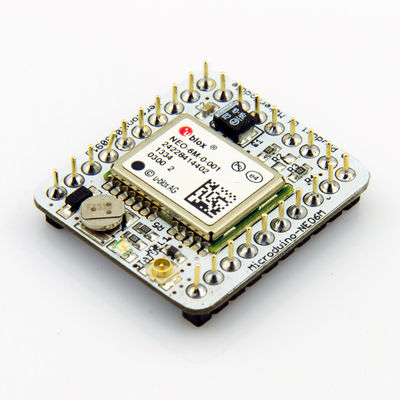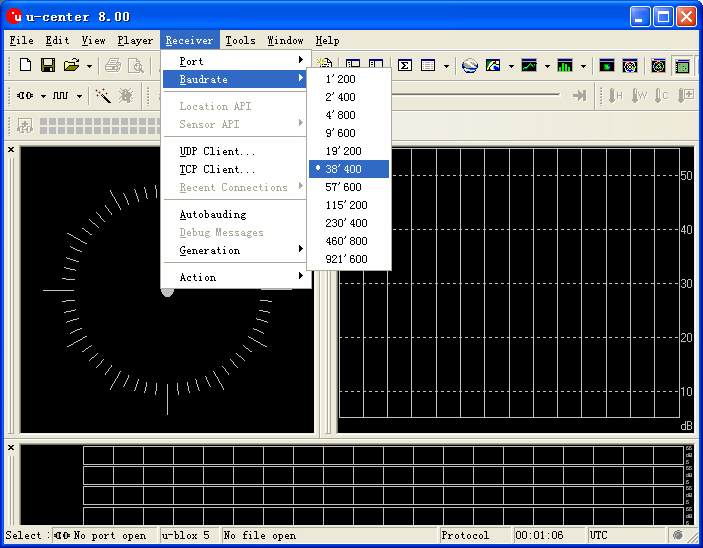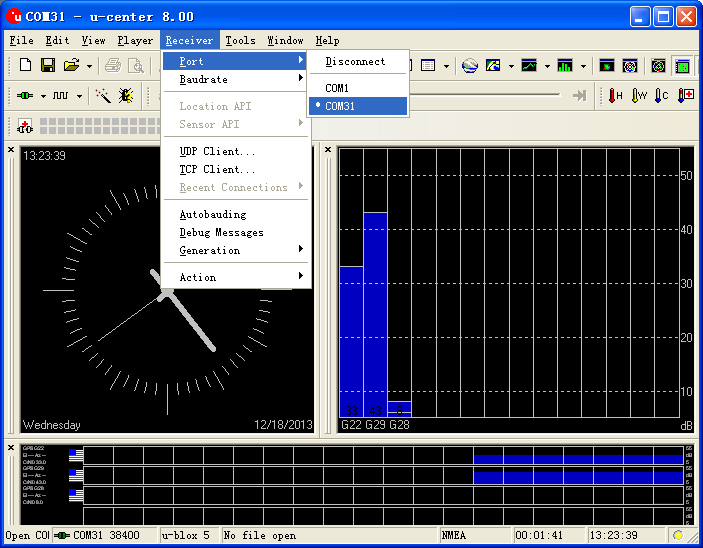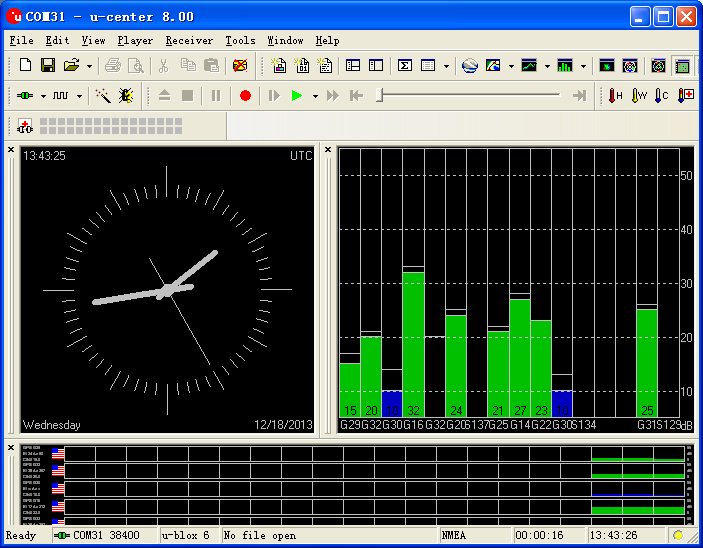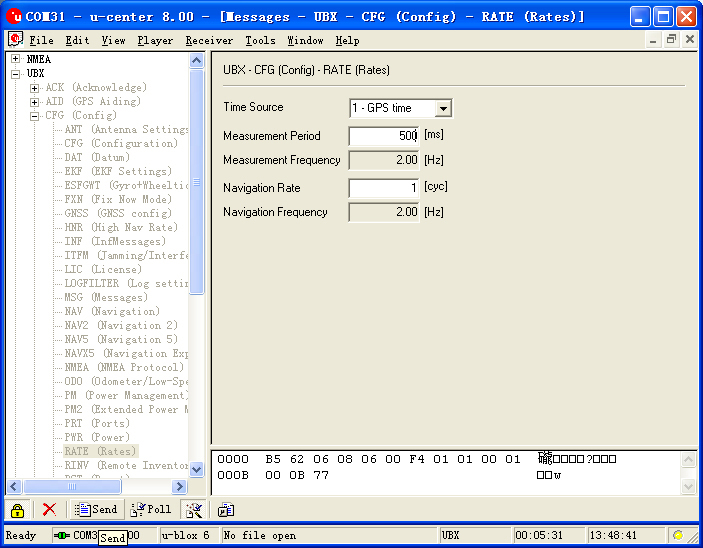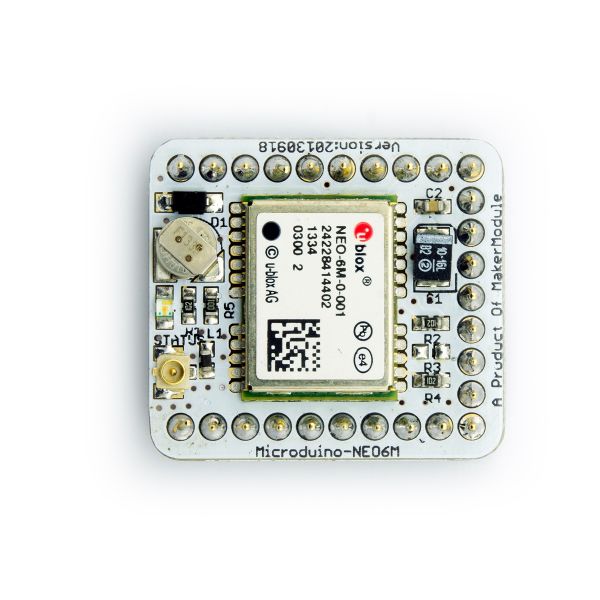“Microduino-GPS”的版本间的差异
(→Use FT232R and Core to download and debug) |
(→FQA) |
||
| (未显示2个用户的3个中间版本) | |||
| 第13行: | 第13行: | ||
*Small, cheap, stackable and open; | *Small, cheap, stackable and open; | ||
*Open hardware circuit design and Arduino compatible programming development environment; | *Open hardware circuit design and Arduino compatible programming development environment; | ||
| − | * | + | *Uniform Microduino interface standard and rich peripheral modules, capable of having a fast and flexible connection and extension with other modules and sensors in accord with Microduino interface standard; |
*Easy to be integrated to pegboards with a 2.45-pitch female header connector interface. | *Easy to be integrated to pegboards with a 2.45-pitch female header connector interface. | ||
|- | |- | ||
| 第120行: | 第120行: | ||
===PPS Status indicator=== | ===PPS Status indicator=== | ||
*The indicator is connected to the TIMEPULSE port of the UBLOX NEO-6M module and the output characteristics of the port can be set by the program; | *The indicator is connected to the TIMEPULSE port of the UBLOX NEO-6M module and the output characteristics of the port can be set by the program; | ||
| − | *The PPS | + | *The PPS indicating light has two status under the default condition(without program setup): |
**Always keeping on means that the indicator has started work but failed to achieve positioning; | **Always keeping on means that the indicator has started work but failed to achieve positioning; | ||
**Keeping flashing means the module has achieved positioning. | **Keeping flashing means the module has achieved positioning. | ||
| − | *By the PPS indicator, it is very easy for us | + | *By the PPS indicator, it is very easy for us to judge the current status of the module. |
==Application== | ==Application== | ||
| 第173行: | 第173行: | ||
[[File:U-center 04.jpg|thumb|703px|center|Configure window]] | [[File:U-center 04.jpg|thumb|703px|center|Configure window]] | ||
| − | == | + | ==FQA== |
| + | *This module's issue, you can find the solution in wiki. Please refers to the wiki to test this module. | ||
| + | *If using the core and GPS module, what’s the power consumption? | ||
| + | **'''Make sure 3.3V with 200mA.''' | ||
| + | |||
| + | ==Buy== | ||
==History== | ==History== | ||
2015年1月3日 (六) 03:51的最新版本
| Language | English |
|---|
|
This probably the most beautiful GPS module you've seen, adopting UBLOX NEO-6M as it core with high sensitivity and update rate up to 5Hz. Besides, it owns a mini ceramic antenna with IPEX interface as well as a rechargeable backup battery. 目录Feature
| |||||||||||||||||||||||||||||
Specifications
Pin Description
文件:NEO6M-Pinout-2.jpg Microduino-NEO6M-Pinout 文件:NEO6M-Pinout-1.jpg Microduino-NEO6M-Pinout DocumentEagle PCB 文件:Microduino-NEO6M.zip
Main components
Development
Use PC to debug
Use FT232R and Core to download and debug
Arduino library and support package
How to use the library
PPS Status indicator
ApplicationDownload programTest Program:文件:Program Test NEO-6M.zip Test Microduino NEO-6M
Test Mocroduino NEO-6M using PCConnection methodThere are two connection methods: 1. Use the default pin (RX0、TX1):
文件:Neo-6m debugging.jpg crossover configuration 2. Use the changed jumper mode If you have changed the jumper as it describes above, you can stack up FT232, NEO-6M and Core module together, then connect to PC for debugging. Use u-center configuration module to update rage
FQA
BuyHistoryPicture
Video |
